


Bones of the shoulder Anterior view of the bones of the right shoulder, showing the clavicle (collarbone), scapula (shoulder blade), and humerus (upper arm bone). (more) acromion anatomy Ask the Chatbot a Question More Actions Share Share Share to social media Facebook X URL https://www.britannica.com/science/acromion Feedback Corrections? Updates? Omissions? Let us know if you have suggestions to improve this article (requires login). Feedback Type Select a type (Required) Factual Correction Spelling/Grammar Correction Link Correction Additional Information Other Your Feedback Submit Feedback Thank you for your feedback Our editors will review what you’ve submitted and determine whether to revise the article.
External Websites Ask the Chatbot a Question Written by Kara Rogers Kara Rogers is the senior editor of biomedical sciences at Encyclopædia Britannica, where she oversees a range of content from medicine and genetics to microorganisms. She joined Britannica in 2006 and... Kara Rogers Fact-checked by The Editors of Encyclopaedia Britannica Encyclopaedia Britannica's editors oversee subject areas in which they have extensive knowledge, whether from years of experience gained by working on that content or via study for an advanced degree.... The Editors of Encyclopaedia Britannica Last Updated: Aug 26, 2025 • Article History Table of Contents Table of Contents Ask the Chatbot { "@context": "https://schema.org", "@type": "FAQPage", "mainEntity": [ { "@type" : "Question", "name" : " What is the acromion? ", "acceptedAnswer" : { "@type" : "Answer", "text" : "The acromion is a bony projection on the scapula (shoulder blade) that forms the highest point of the shoulder." } } , { "@type" : "Question", "name" : " What muscles attach to the acromion? ", "acceptedAnswer" : { "@type" : "Answer", "text" : "The trapezius and deltoid muscles attach to the acromion." } } , { "@type" : "Question", "name" : " What are the main types of acromion morphology? ", "acceptedAnswer" : { "@type" : "Answer", "text" : "The main types of acromion morphology are flat (type I), curved (type II), and hooked (type III). A convex form (type IV) is less commonly observed." } } , { "@type" : "Question", "name" : " What is the function of the acromion? ", "acceptedAnswer" : { "@type" : "Answer", "text" : "The acromion contributes to both protection and movement of the shoulder, providing a protective arch over the shoulder joint and serving as an attachment site for the trapezius and deltoid muscles." } } , { "@type" : "Question", "name" : " How does acromion morphology affect shoulder biomechanics? ", "acceptedAnswer" : { "@type" : "Answer", "text" : "Acromion morphology affects shoulder biomechanics by influencing the space above the rotator cuff tendons. Curved or hooked shapes narrow this space, increasing the risk of impingement and rotator cuff tears, whereas flatter shapes reduce this risk." } } ] } Top Questions What is the acromion? The acromion is a bony projection on the scapula (shoulder blade) that forms the highest point of the shoulder.
What muscles attach to the acromion? The trapezius and deltoid muscles attach to the acromion.
What are the main types of acromion morphology? The main types of acromion morphology are flat (type I), curved (type II), and hooked (type III). A convex form (type IV) is less commonly observed.
What is the function of the acromion? The acromion contributes to both protection and movement of the shoulder, providing a protective arch over the shoulder joint and serving as an attachment site for the trapezius and deltoid muscles.
How does acromion morphology affect shoulder biomechanics? Acromion morphology affects shoulder biomechanics by influencing the space above the rotator cuff tendons. Curved or hooked shapes narrow this space, increasing the risk of impingement and rotator cuff tears, whereas flatter shapes reduce this risk.
acromion, bony projection on the scapula (shoulder blade) that forms the highest point of the shoulder. It projects laterally from the spine of the scapula and curves over the shoulder joint, where it connects with the clavicle (collarbone) at the acromioclavicular (AC) joint. The acromion forms a protective arch over the shoulder joint and serves as a major attachment site for the deltoid and trapezius muscles; it therefore functions in both protection and movement of the shoulder. Structurally, the acromion is broad and triangular, with a superior surface that attaches the trapezius muscle and an inferior surface that forms the ...(100 of 388 words)
Unlock the full article Access our trusted destination for facts and information 7-Day Free Trial, No Ads, Unlimited Access, Exclusive Content Subscribe Today



